Need a little glitz in your art practice?

I’ve been experimenting with Gold Sumi Ink since the first of this year and still have a lot to learn about its properties and how to use it in my own work.

I’ve used the more common Black Sumi Ink for decades – it’s a delightful medium.
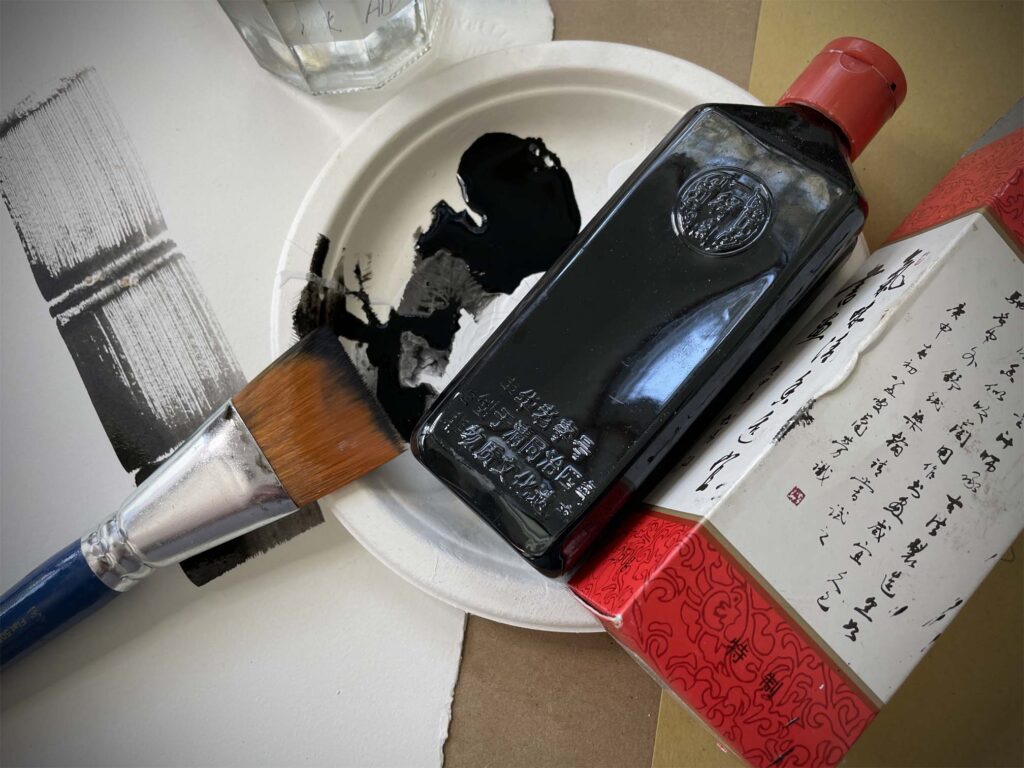

But the Gold Sumi Ink is a curious creature.

It’s apparently made of a binder with gold particles suspended in it, and it is both water soluble and also water resistant once it has dried.The description from the purchase link is not much help, although I like the fact that is has “Chinese herbal medicine and precious ingredients” in it.
- Golden calligraphy ink is made from all-natural ingredients. Its high quality and concentration ensure a smooth dense texture.
- While golden liquid ink is made specifically for traditional Chinese and Japanese brush calligraphy and painting it can still be used for any art form. The ink’s bright luster results in a deep earthy tone when used on Xuan paper.
- Made with all-natural materials, including a variety of Chinese herbal medicine ingredients and precious minerals.
When you brush it on paper, it has an amazing metallic quality. It can be thinned with water to make a glaze.

You can dip a stick into the bottle and make cool marks.

Gold Sumi Ink behaves differently on different surfaces. On an encaustic waxed panel, it sits on the top like India ink but when it’s fused, you can’t rub it off.

On of my best discoveries recently was using this gold ink on bare wood panels and on the sides of those panels. It creates a lovely “gold leaf” finish and bonds well with the raw wood.

You can mix it with Black Sumi Ink and get a very dark bronze color.


But if the Gold Ink dries, the Black Ink just sits on top and won’t dissolve into the bottom layer. That must be the Gum Arabic in the binder?
There are several brands available. They cost between $15-$20 a bottle and a bottle last a very long time. I’ve used two different brands and they both seem identical in pigmentation and viscosity. My current brand is CA Society Gold Calligraphy Ink and I did get it through Amazon, but it’s made by a small Chinese Calligraphy art business called CA Society.
I gave some of the gold ink to my friend Barbara who is going to play with it, and if you decide to get some, let me know what you discover. Even if I just used it to paint the sides of my wood cradle board, I’d still like the stuff . . .maybe not as much as I like Walnut Ink, but it’s a most interesting addition to your studio materials.
By the way, if you want to learn more about the relaxing practice of Sumi-e Painting, sign up for my FREE workshop, right here.
Lyn


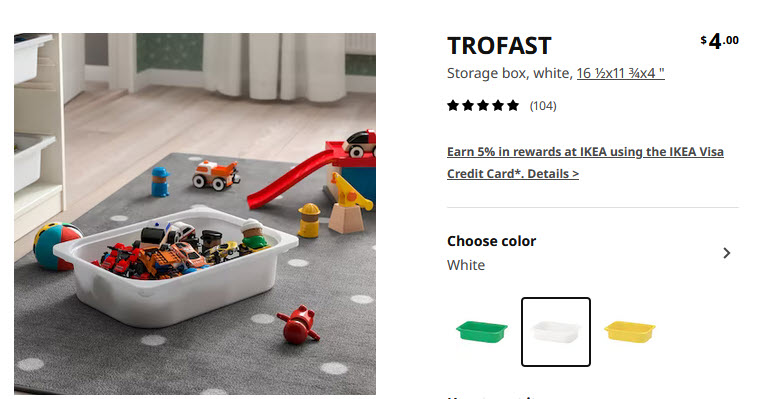




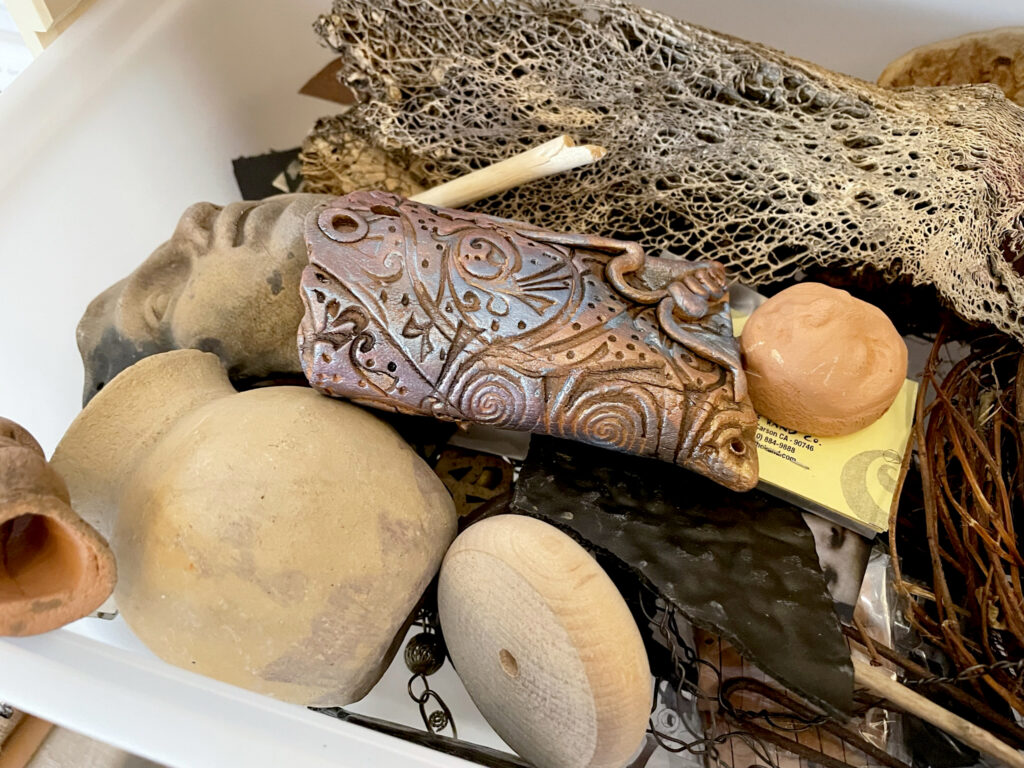





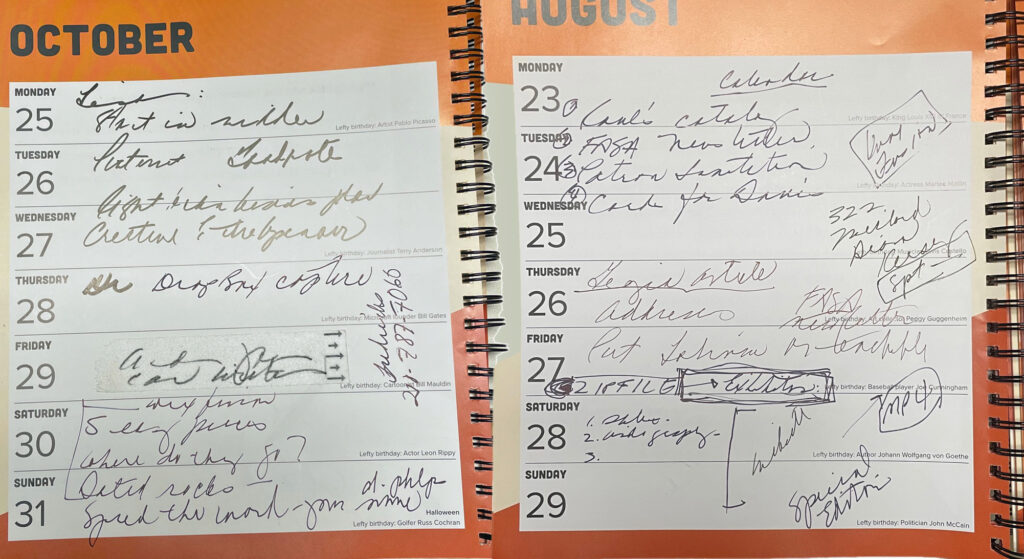


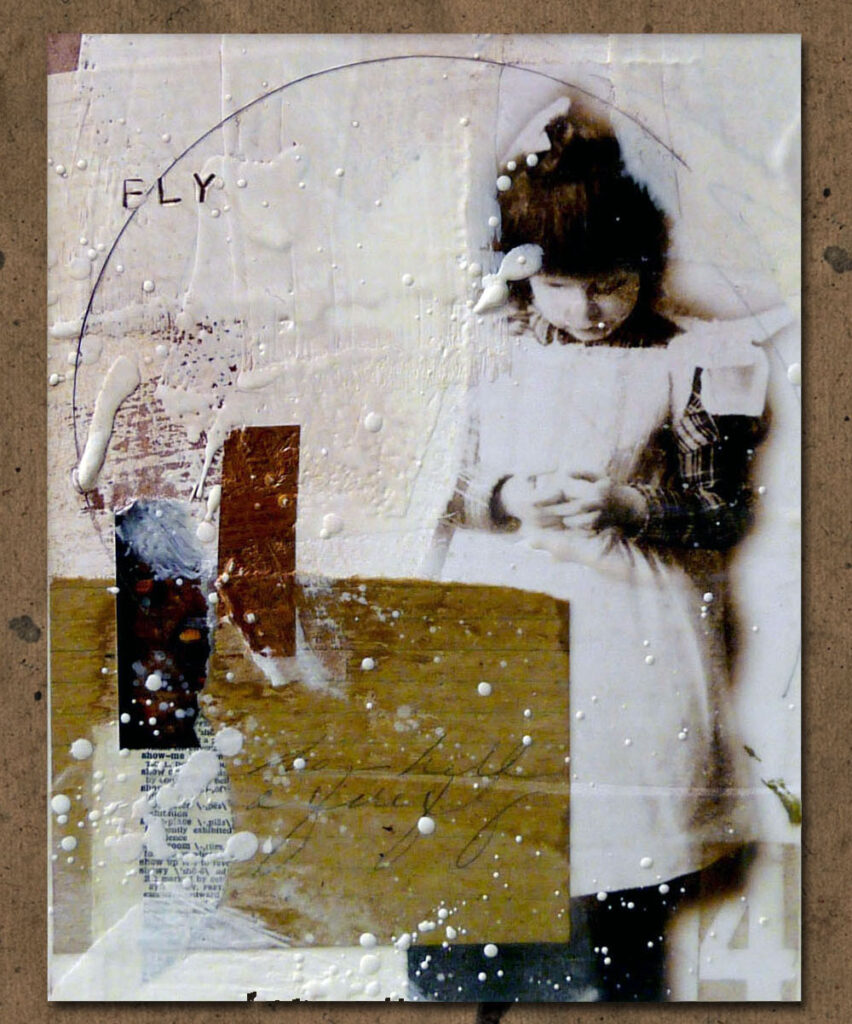


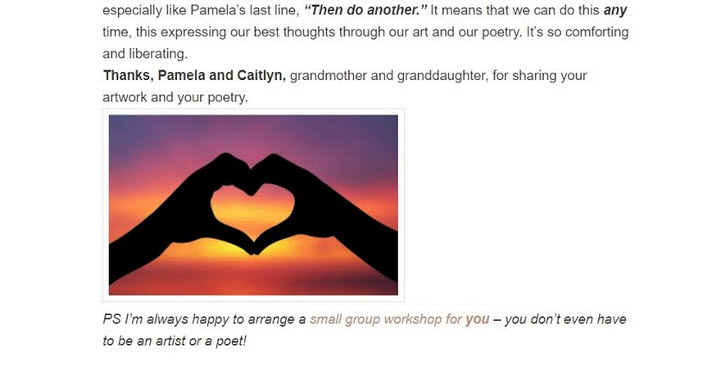








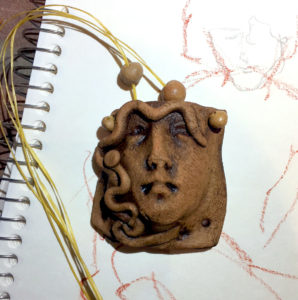



















 But isn’t it amazing what a seamless background can do for a photo, even an iPhone photo? And nobody has to know that you took it on your kitchen counter.
But isn’t it amazing what a seamless background can do for a photo, even an iPhone photo? And nobody has to know that you took it on your kitchen counter.